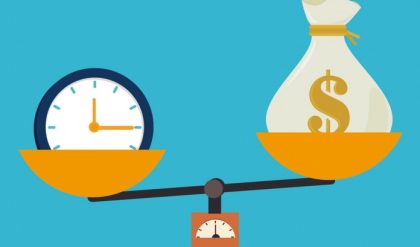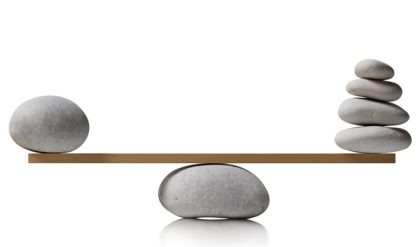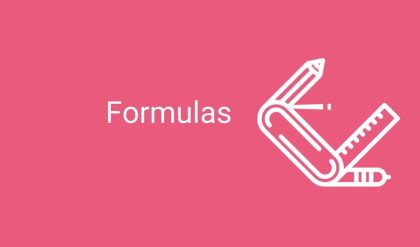All the costs faced by companies/ business organizations can be categorized into two main types −
- Fixed costs
- Variable costs
Fixed costs are expenses that have to be paid by a company, independent of any business activity. It is one of the two components of the total cost of goods or service, along with variable cost.
Examples include rent, buildings, machinery, etc.
Variable costs are corporate expenses that vary in direct proportion to the quantity of output. Unlike fixed costs, which remain constant regardless of output, variable costs are a direct function of production volume, rising whenever production expands and falling whenever it contracts.
Examples of common variable costs include raw materials, packaging, and labor directly involved in a company’s manufacturing process.
Determinants of Cost
The general determinants of cost are as follows
- Output level
- Prices of factors of production
- Productivities of factors of production
- Technology
Short-Run Cost-Output Relationship
Once the firm has invested resources into the factors such as capital, equipment, building, top management personnel, and other fixed assets, their amounts cannot be changed easily. Thus in the short-run there are certain resources whose amount cannot be changed when the desired rate of output changes, those are called fixed factors.
There are other resources whose quantity used can be changed almost instantly with the output change and they are called variable factors. Since certain factors do not change with the change in output, the cost to the firm of these resources is also fixed, hence fixed cost does not vary with output. Thus, the larger the quantity produced, the lower will be the fixed cost per unit and marginal fixed cost will always be zero.
On the other hand, those factors whose quantity can be changed in the short-run is known as variable cost. Thus, the total cost of a business is the sum of its total variable costs (TVC) and total fixed cost (TFC).
TC = TFC + TVC
Long-Run Cost-Output Relationship
The long-run is a period of time during which the firm can vary all its inputs. None of the factors is fixed and all can be varied to expand output.
It is a period of time sufficiently long to permit the changes in plant like − the capital equipment, machinery, land etc., in order to expand or contract output.
The long-run cost of production is the least possible cost of production of producing any given level of output when all inputs are variable including the size of the plant. In the long-run there is no fixed factor of production and hence there is no fixed cost.
If Q = f(L, K)
TC = L. PL + K. PK





